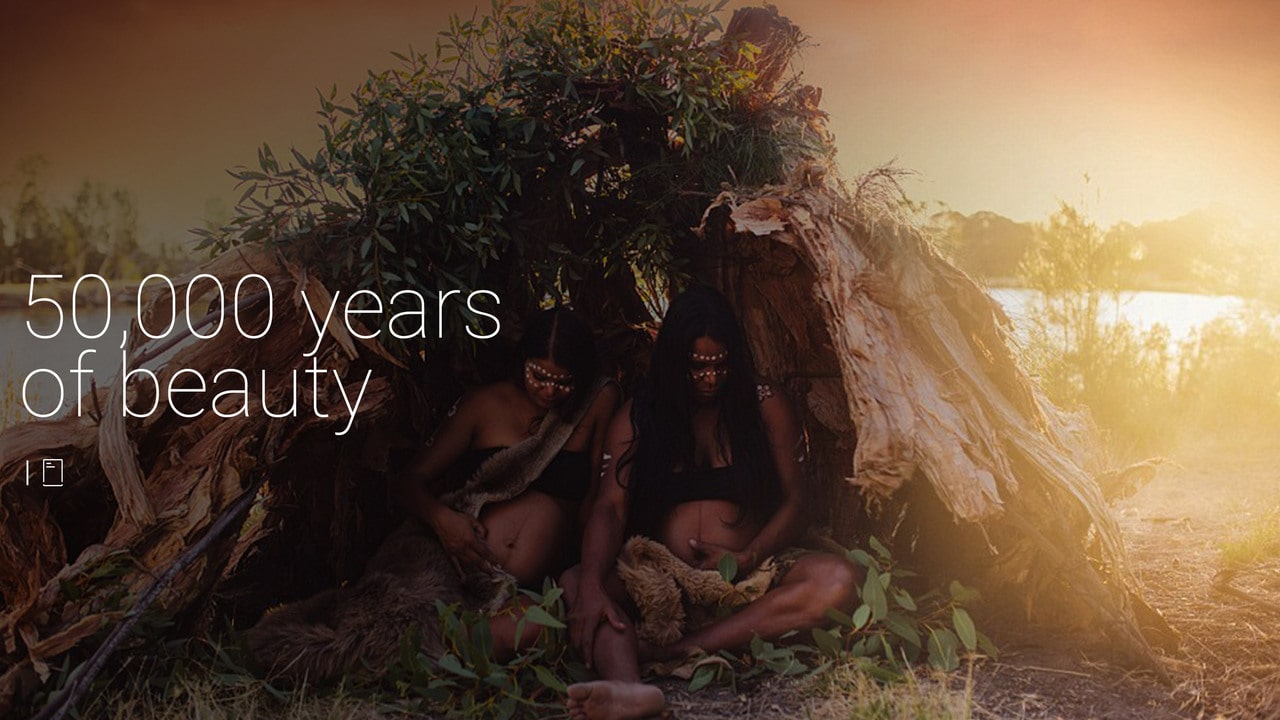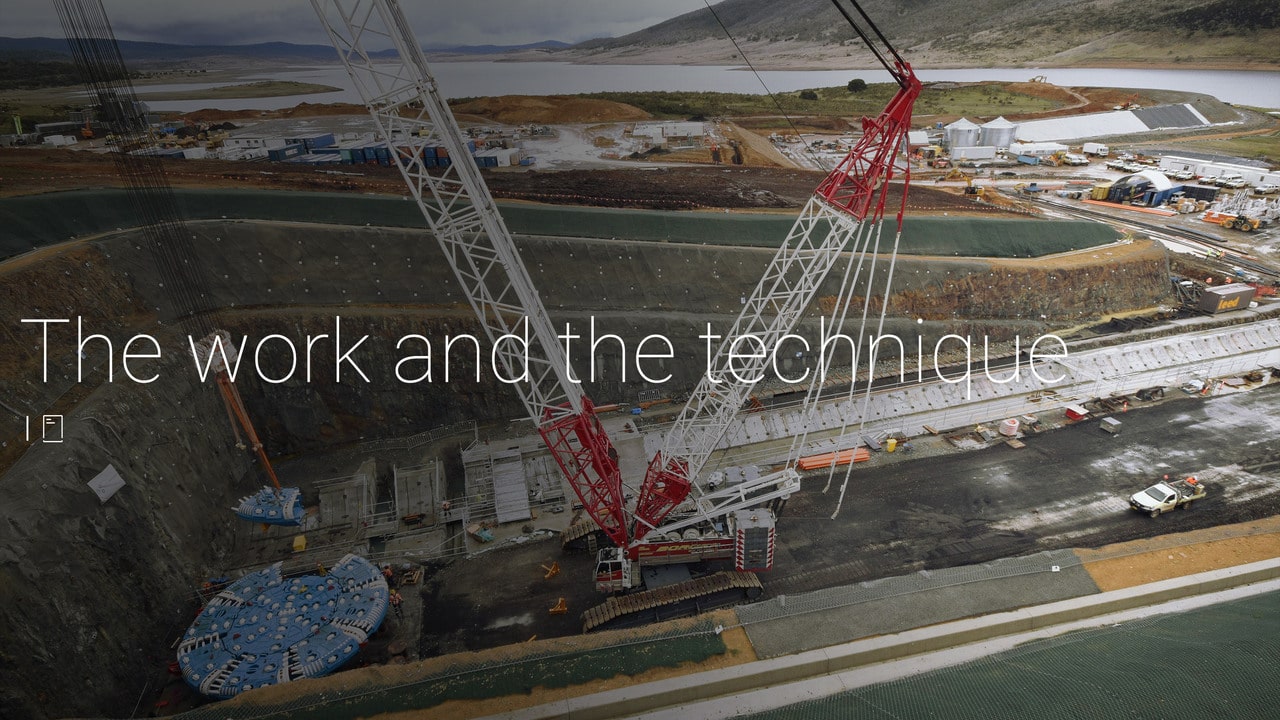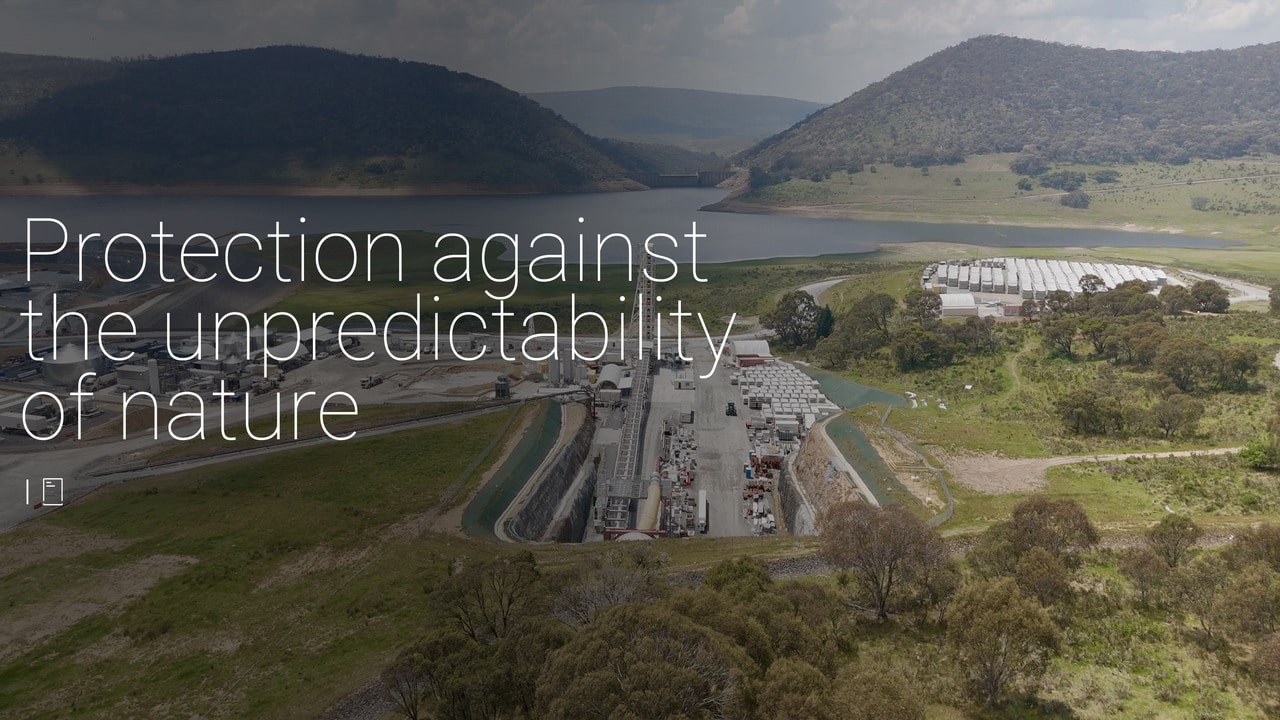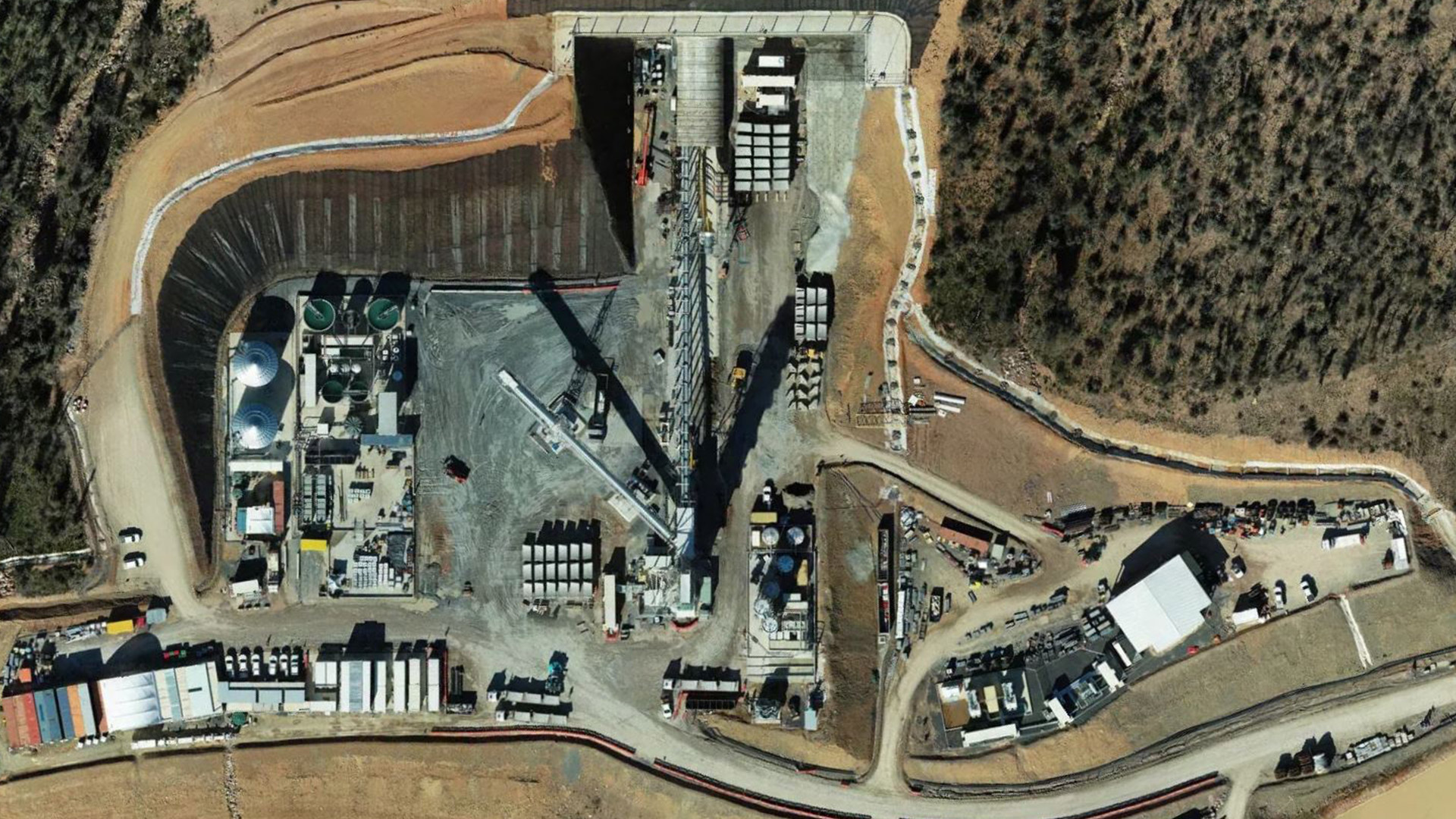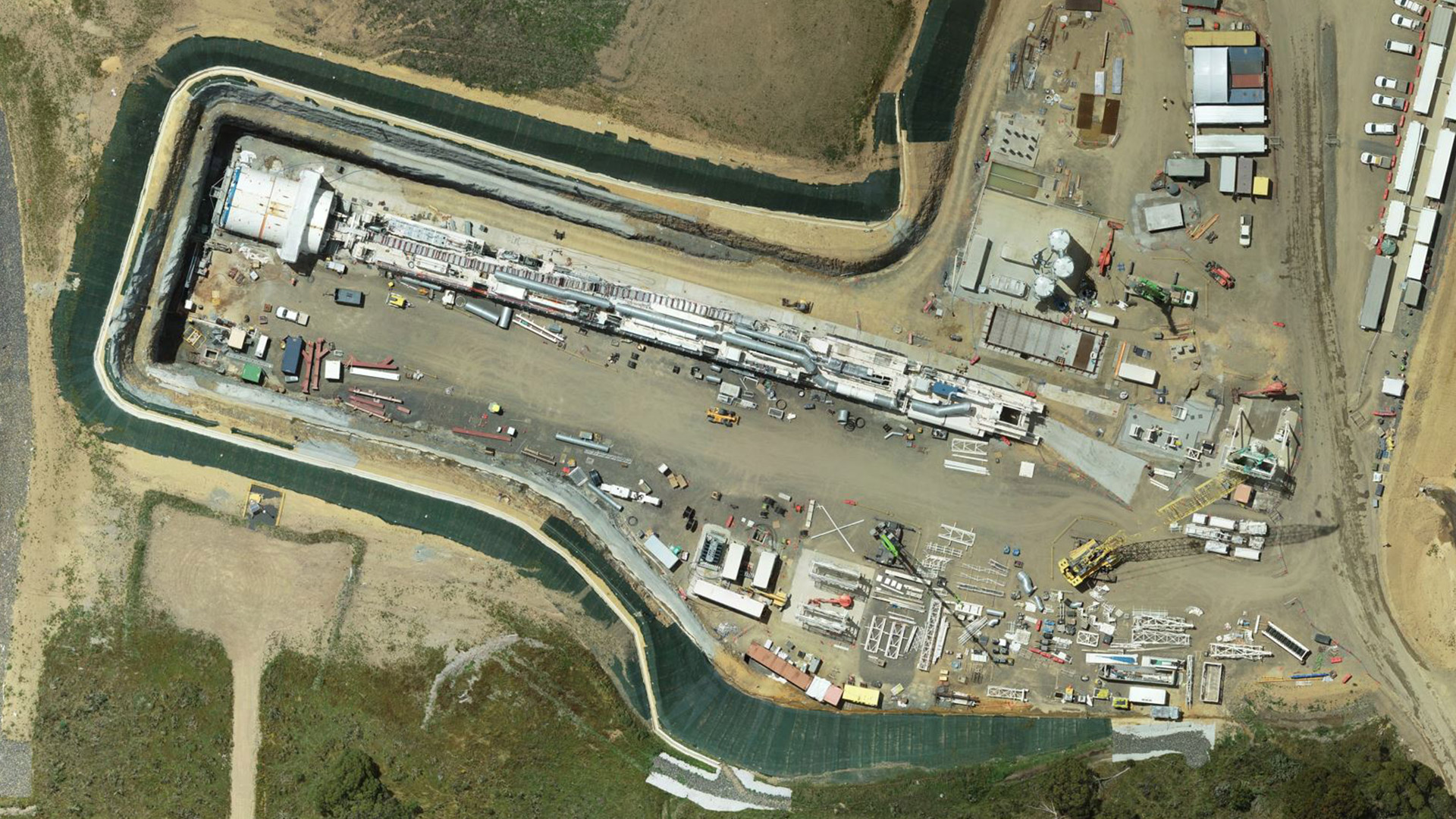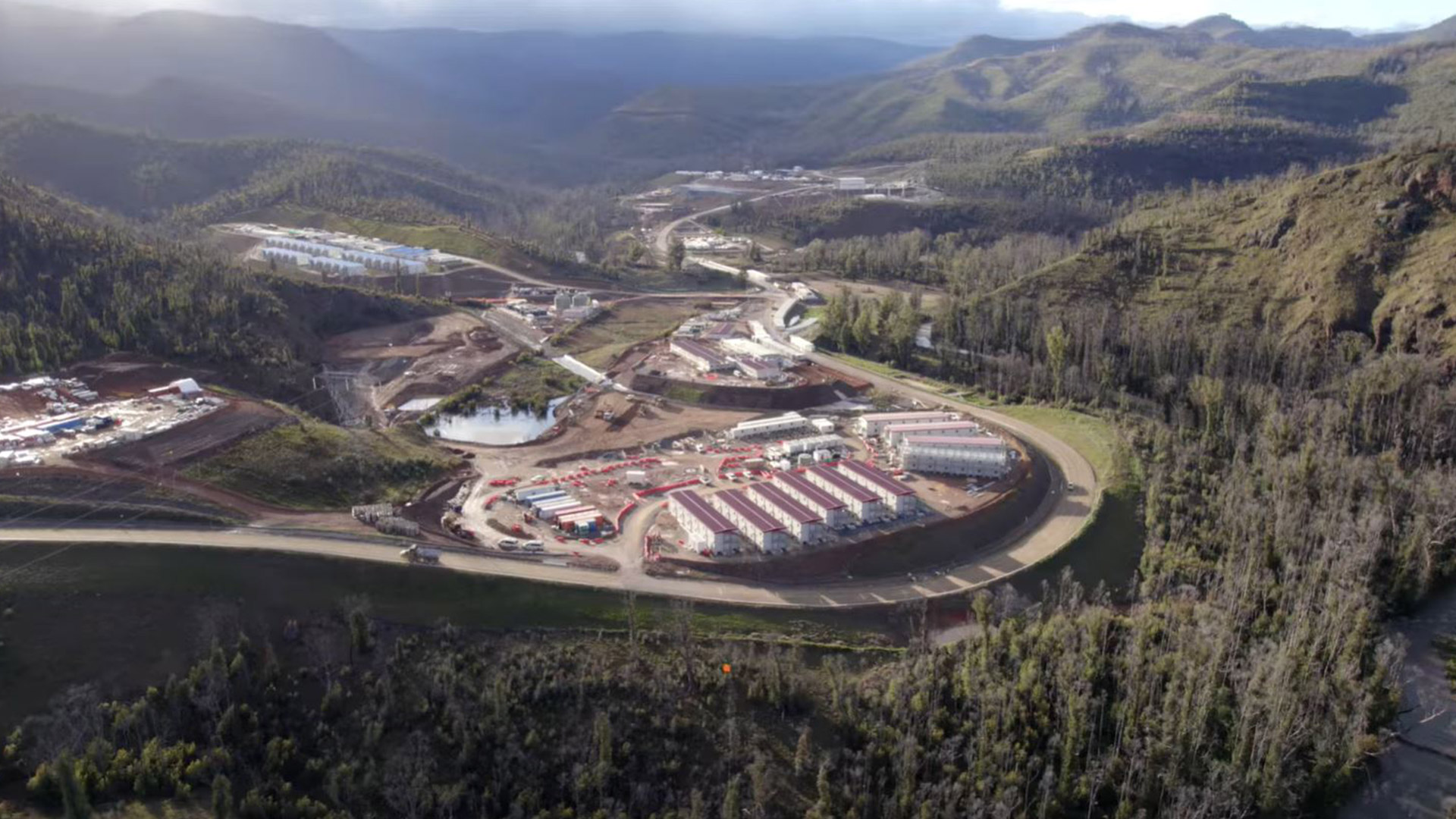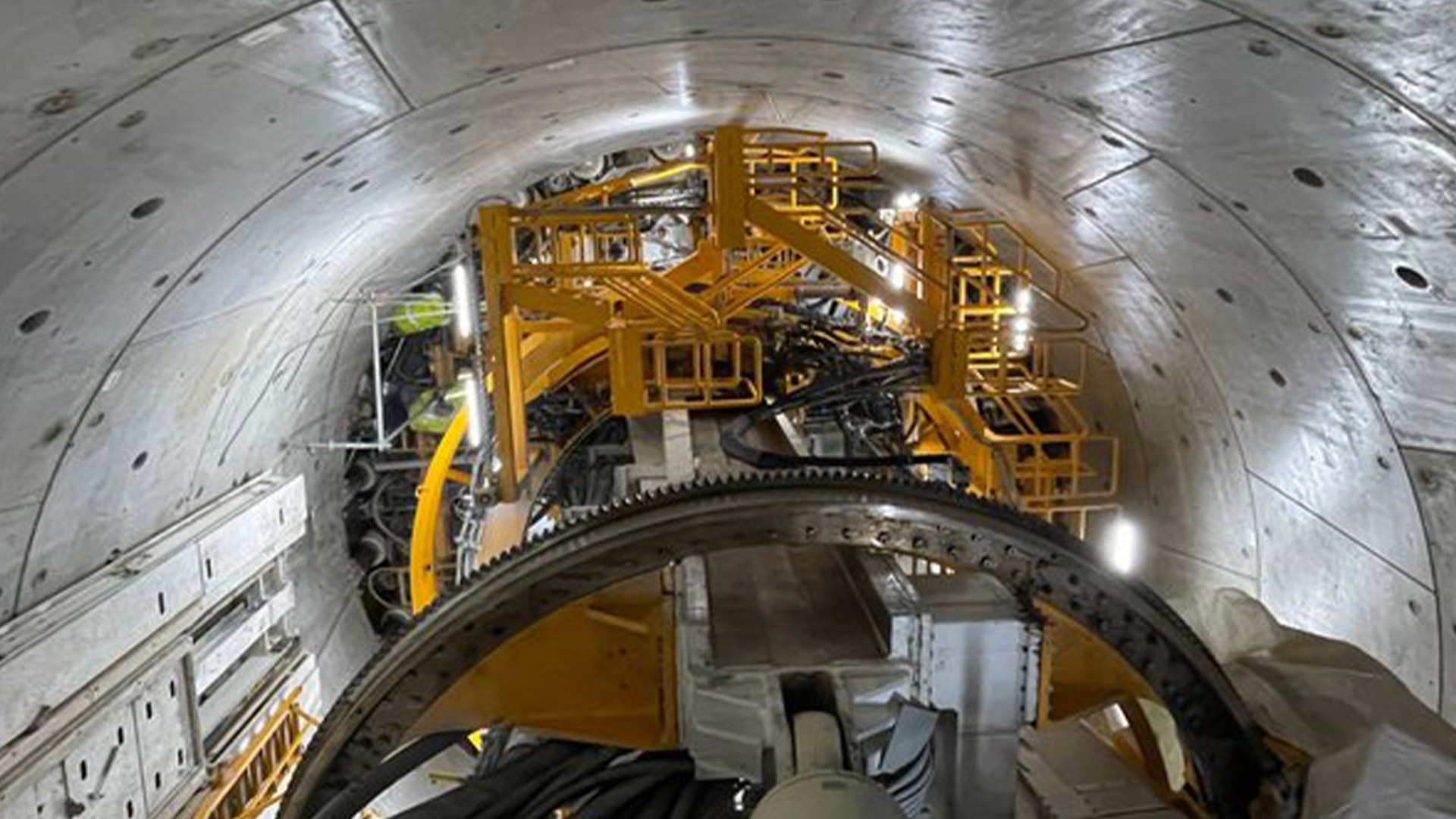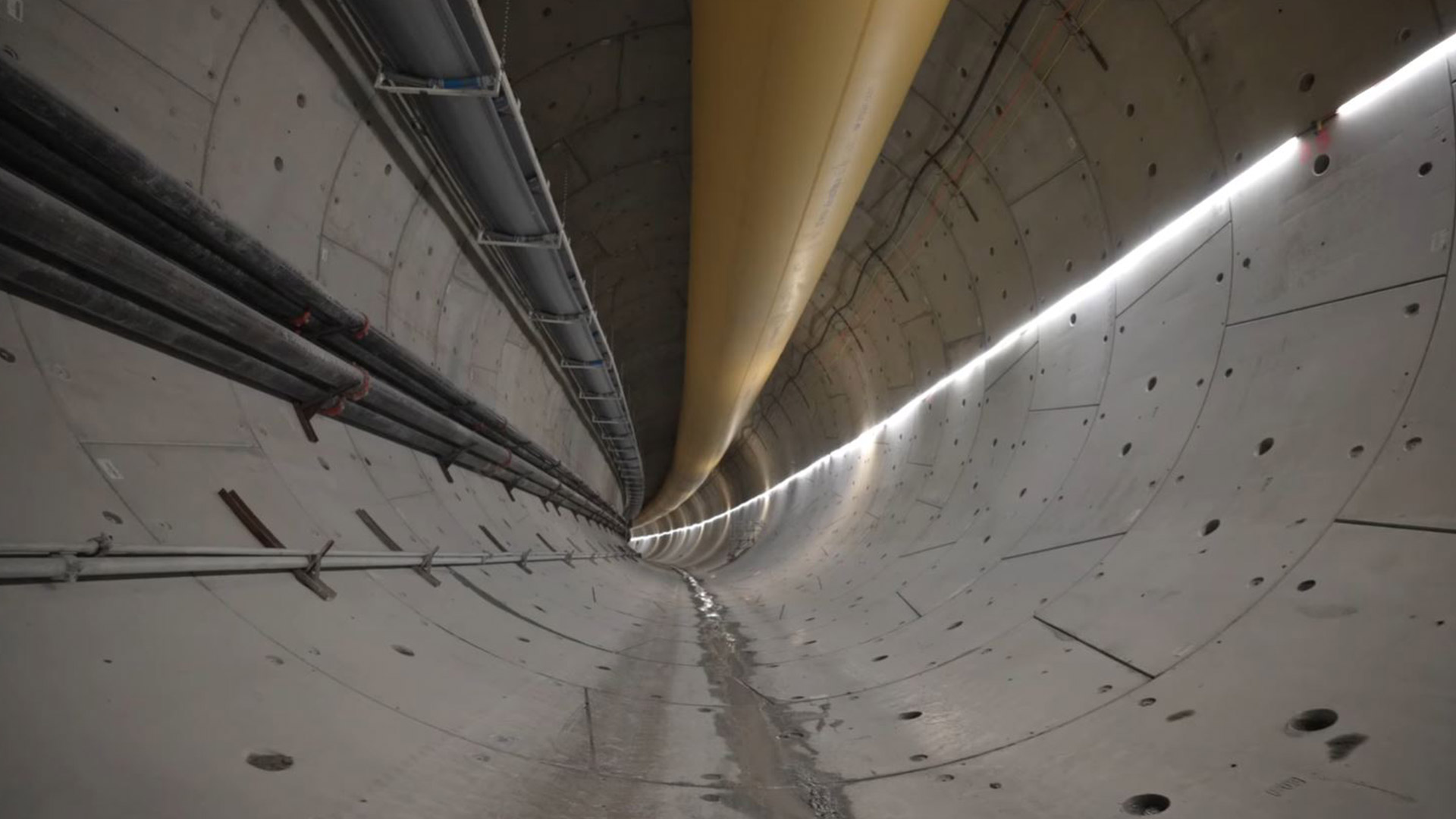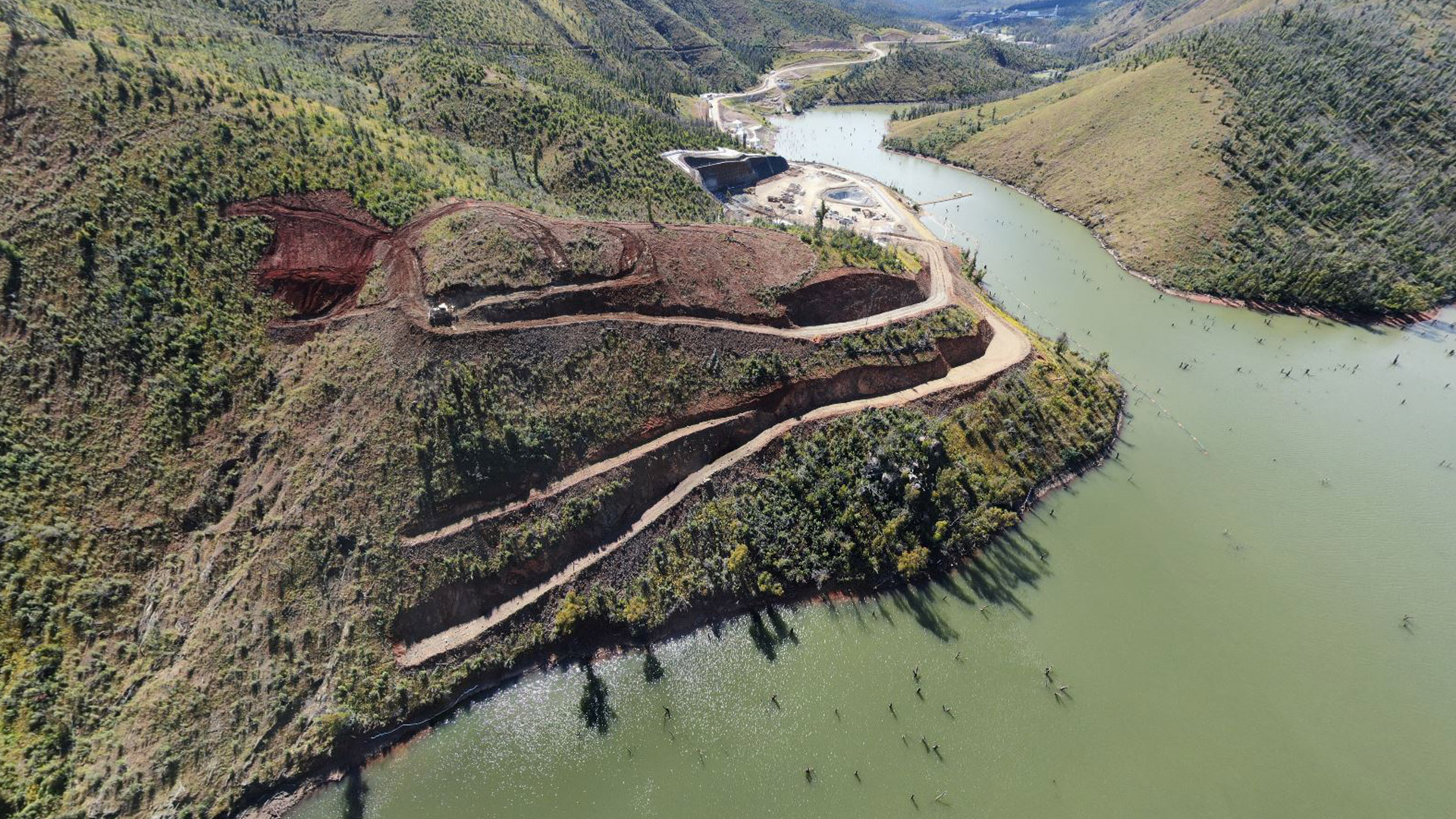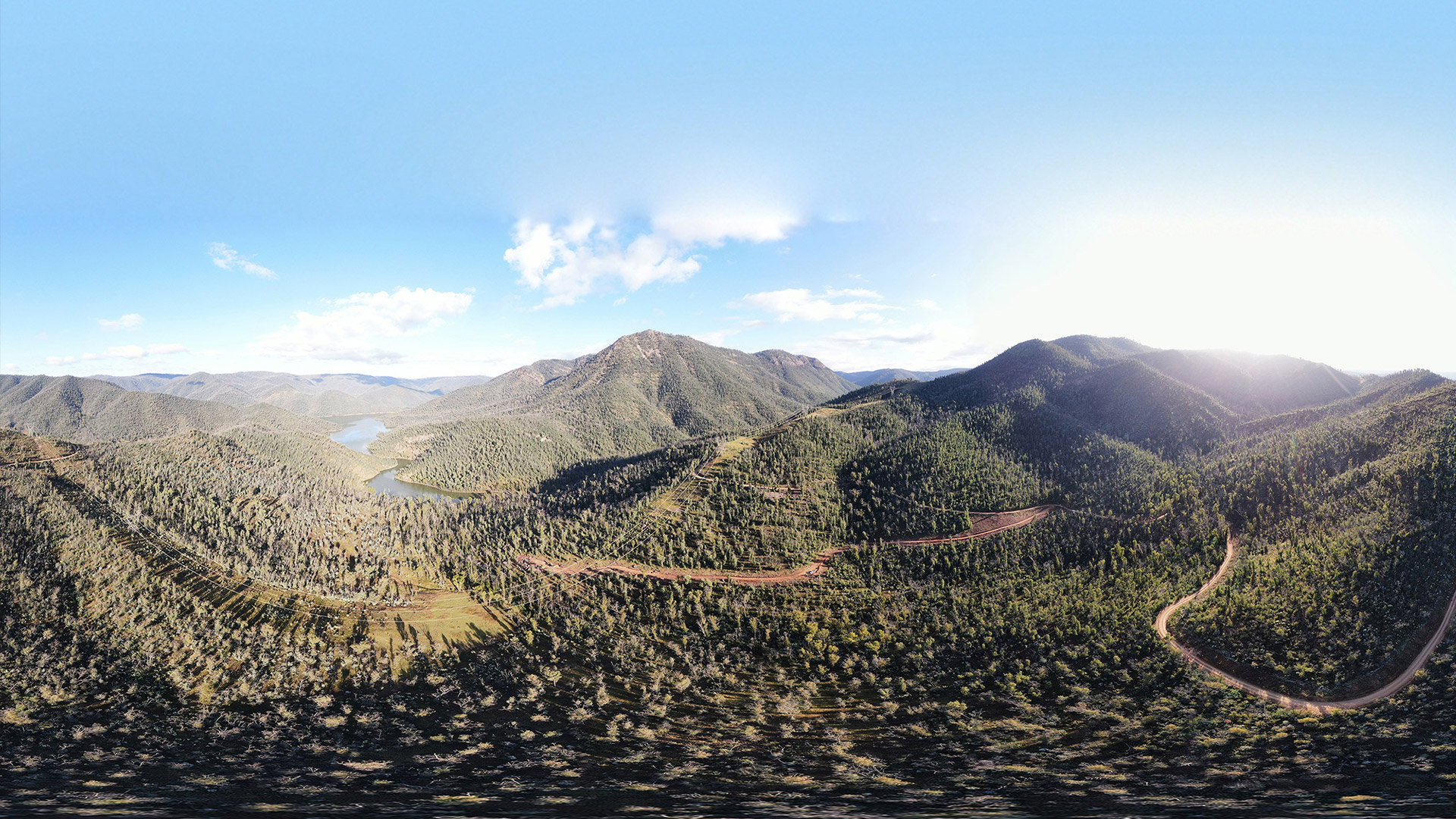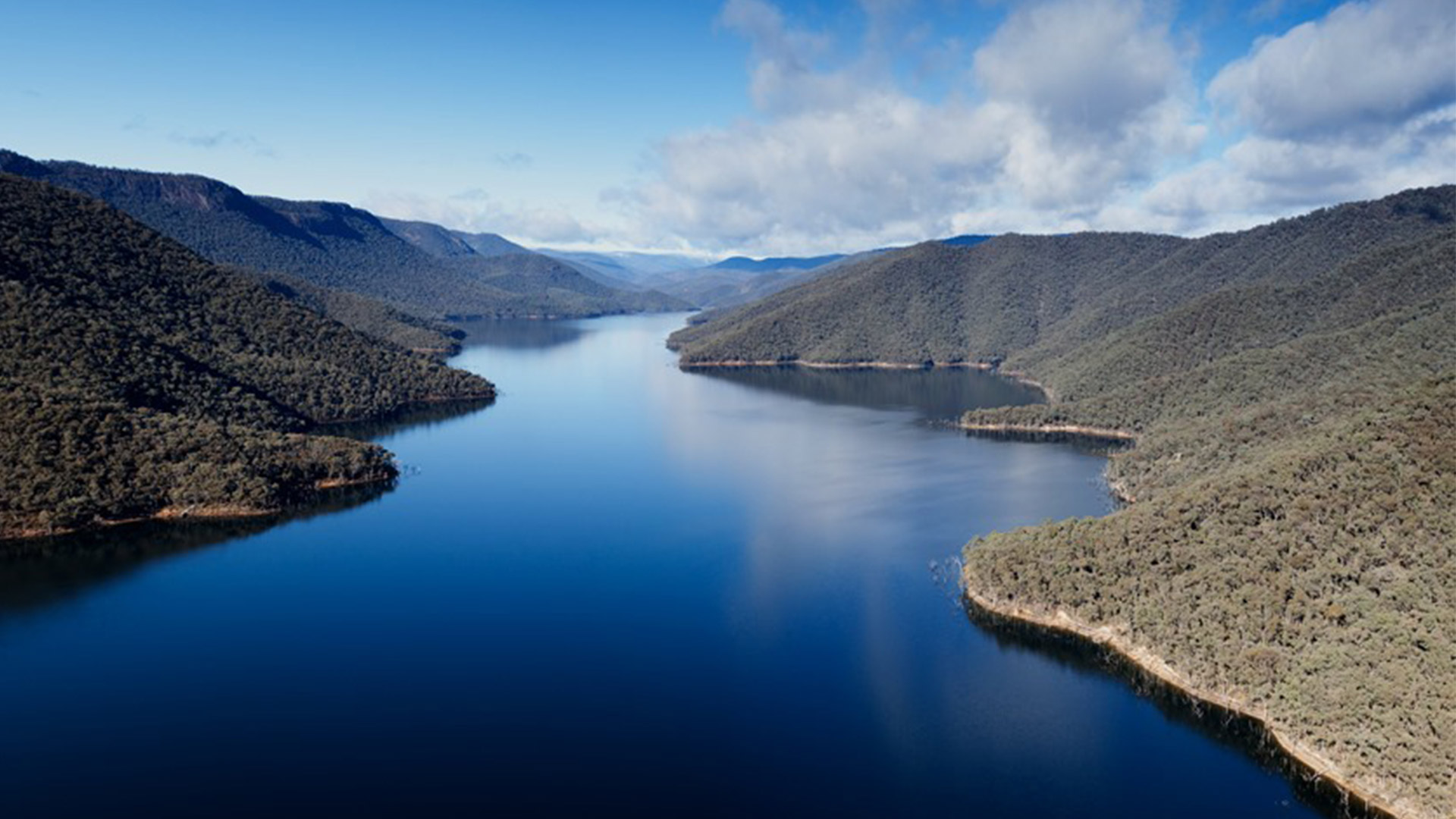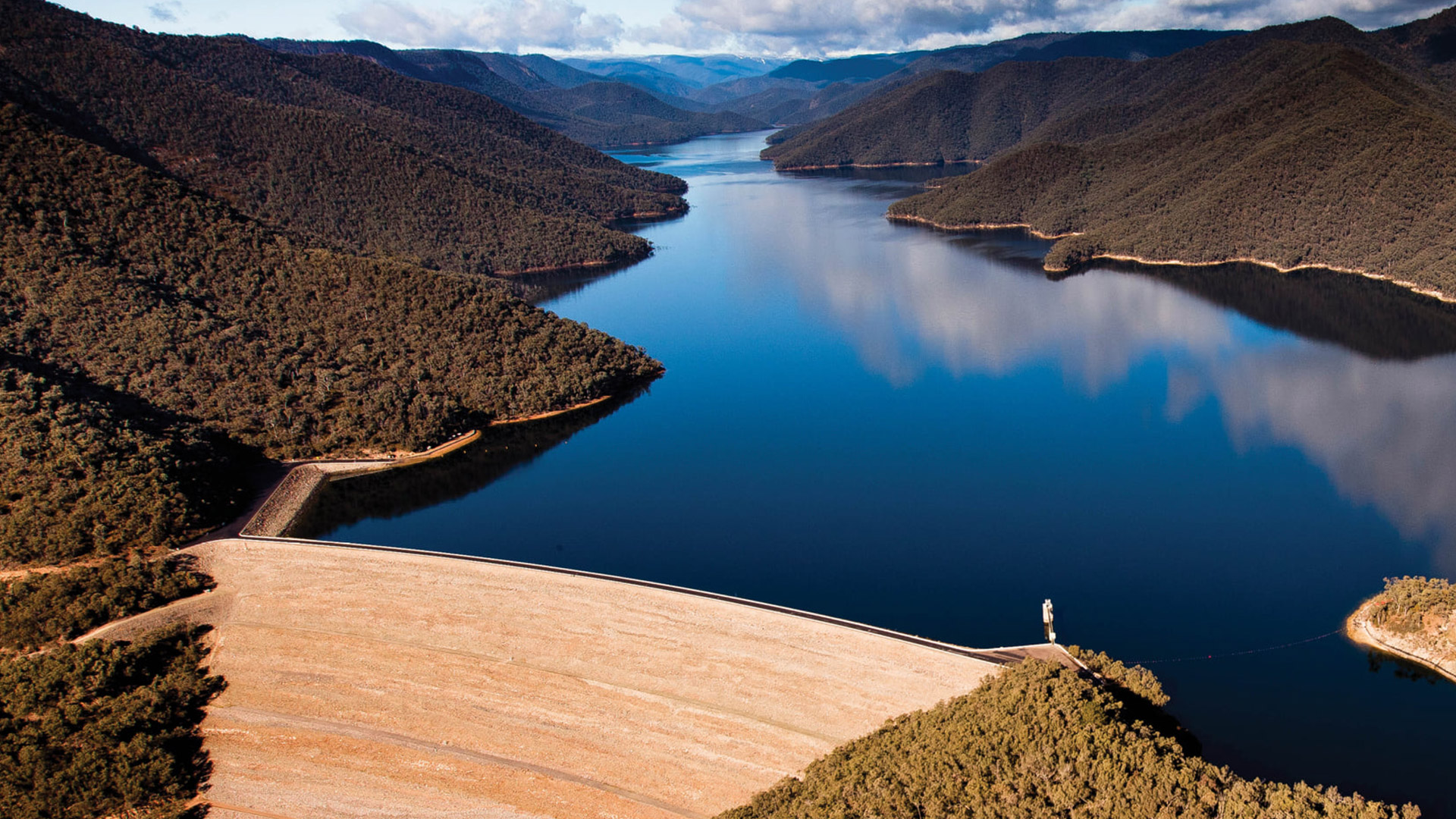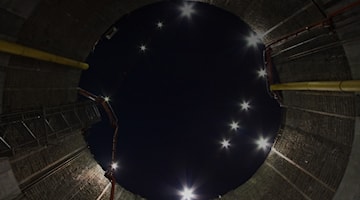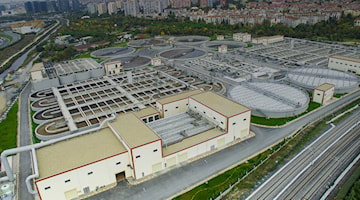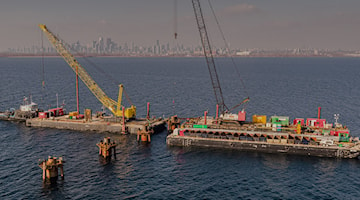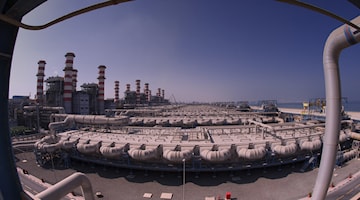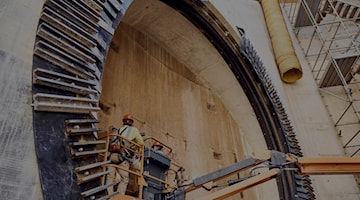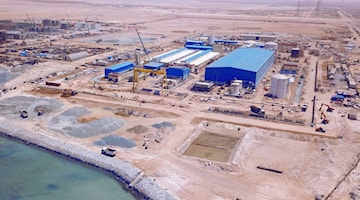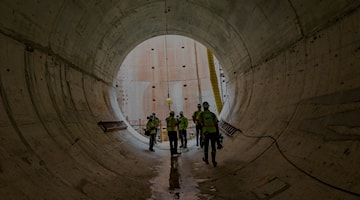Australia heads straight to the future
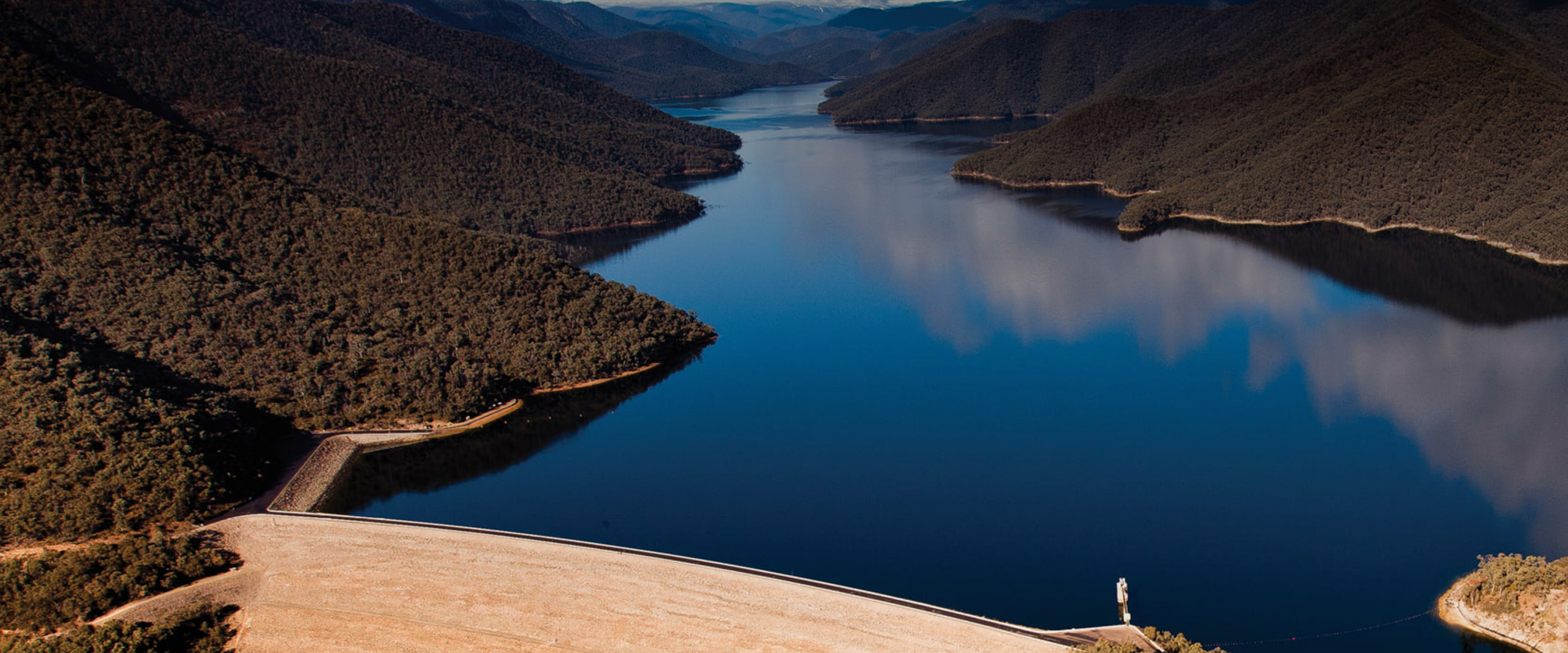
SNOWY 2.0 HYDROELECTRIC PROJECT, AUSTRALIA
Discovered somewhat belatedly in the boundless waters of the Pacific Ocean, Australia owes its name to the Latin phrase Terra australis incognita (unknown southern land). First, sighted in 1606, colonisation began at the end of the following century. Seven million settlers landed between then and 1945, and more in the post-war period, with the building of impressive infrastructure such as the Snowy Hydro Scheme, one of the civil engineering marvels of the modern world.
Built between 1949 and 1974 by more than 100,000 people of 30 nationalities, this complex water and hydroelectric system starts in the Snowy Mountains and diverts water from various rivers into the Tumut and Murray. It comprises seven main power stations (later expanded to 9), 16 large dams, 80 kilometres of aqueducts and 145 kilometres of interconnected tunnels. It was the first large pumped-storage hydroelectric plant built in Australia, where it is still the biggest of its kind.
It will keep this record for many years to come, being the focus of an expansion project that will contribute to the energy transition from fossil fuels to clean energy sources. Twenty-seven km of tunnels will connect two existing water reservoirs at different heights: Tantangara (upper reservoir) and Talbingo (lower reservoir).
In all, three million cubic metres of material will be excavated on a route with downhill gradients of up to 9% and uphill ones of up to 47%. A hydroelectric power station with a pumping station to recycle the turbine water is situated about 1 km underground between the two reservoirs connected by tunnels, in a strategic location between Sydney and Melbourne.
By 2024, Snowy 2.0 will be able to respond to spikes in electricity demand and drop-offs in wind and solar production within a mere 90 seconds. This means that it will produce energy practically in real-time and with three times the pumping capacity: over 2,000 MW, or 500,000 homes served with 175 hours of energy before recharging.
This also offers a significant benefit for the environment, with 10 million tonnes less CO2 per year, and for allied industries, with 5,000 direct and indirect jobs due to the decision to produce the products locally along with the infrastructure for developing the project (such as workers' villages).
This is an important step to implement hydropower, a highly efficient source that accounts for 33.9 per cent of Australian total renewable energy production but only 5.74 per cent of the entire national energy endowment

THE WORK AND THE TECNIQUE
KM TBM EXCAVATIONS
M³ COMPLEX EXCAVATIONS FOR POWER PLANT
MILIONS M³ EARTHWORKS
MW INCREASE IN POWER GENERATION CAPACITY
Snowy Hydro Ltd
Webuild, leader of the Future Generation, a joint venture with Lane Construction and Clough (both of them part of Webuild Group)
Technically speaking, Snowy 2.0 is a pumped storage scheme: two water reservoirs placed at different heights, with the pump station in the middle, allowing the power plant to recycle the water used to drive its turbines.
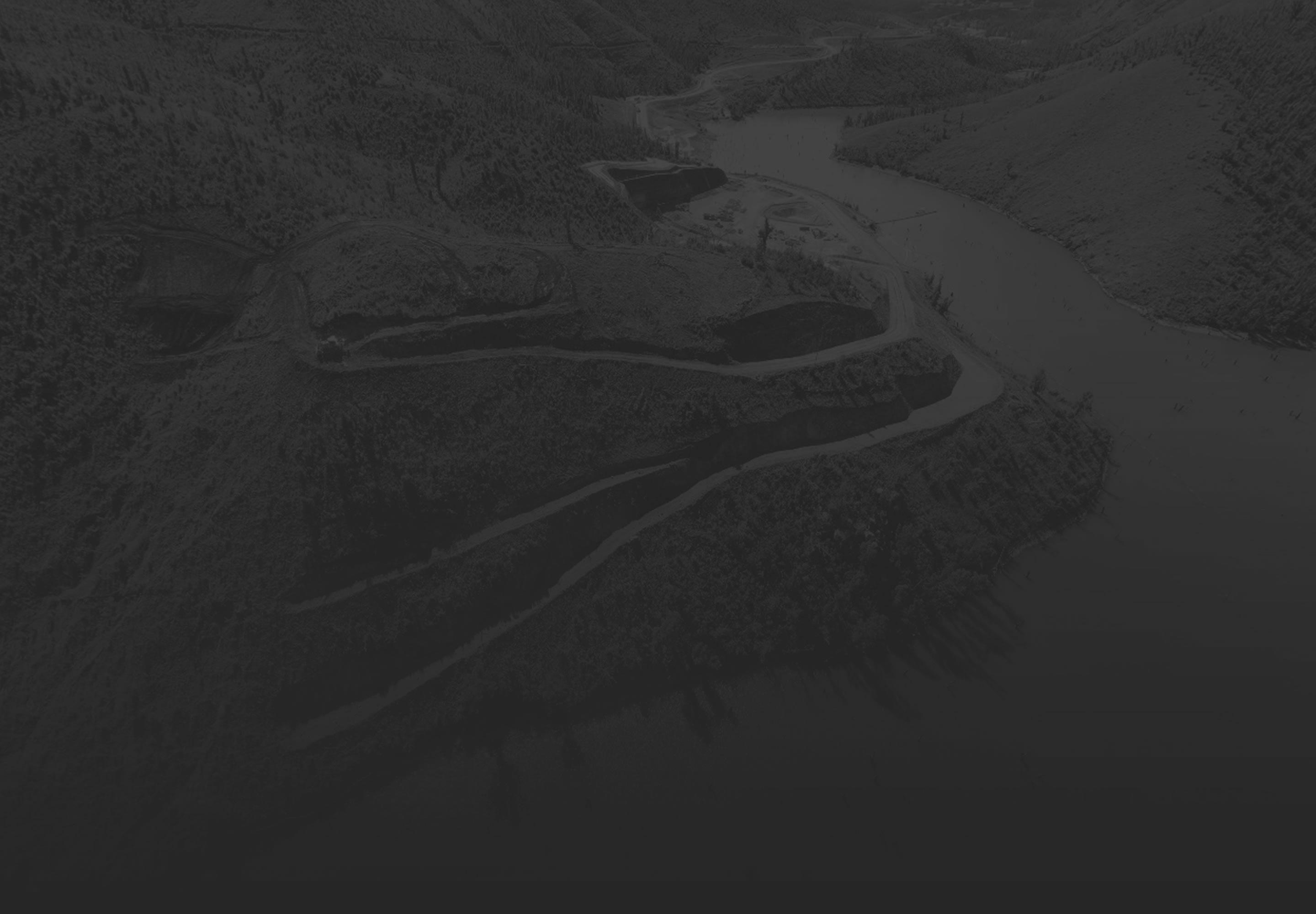
CULTURAL INSIGHTS

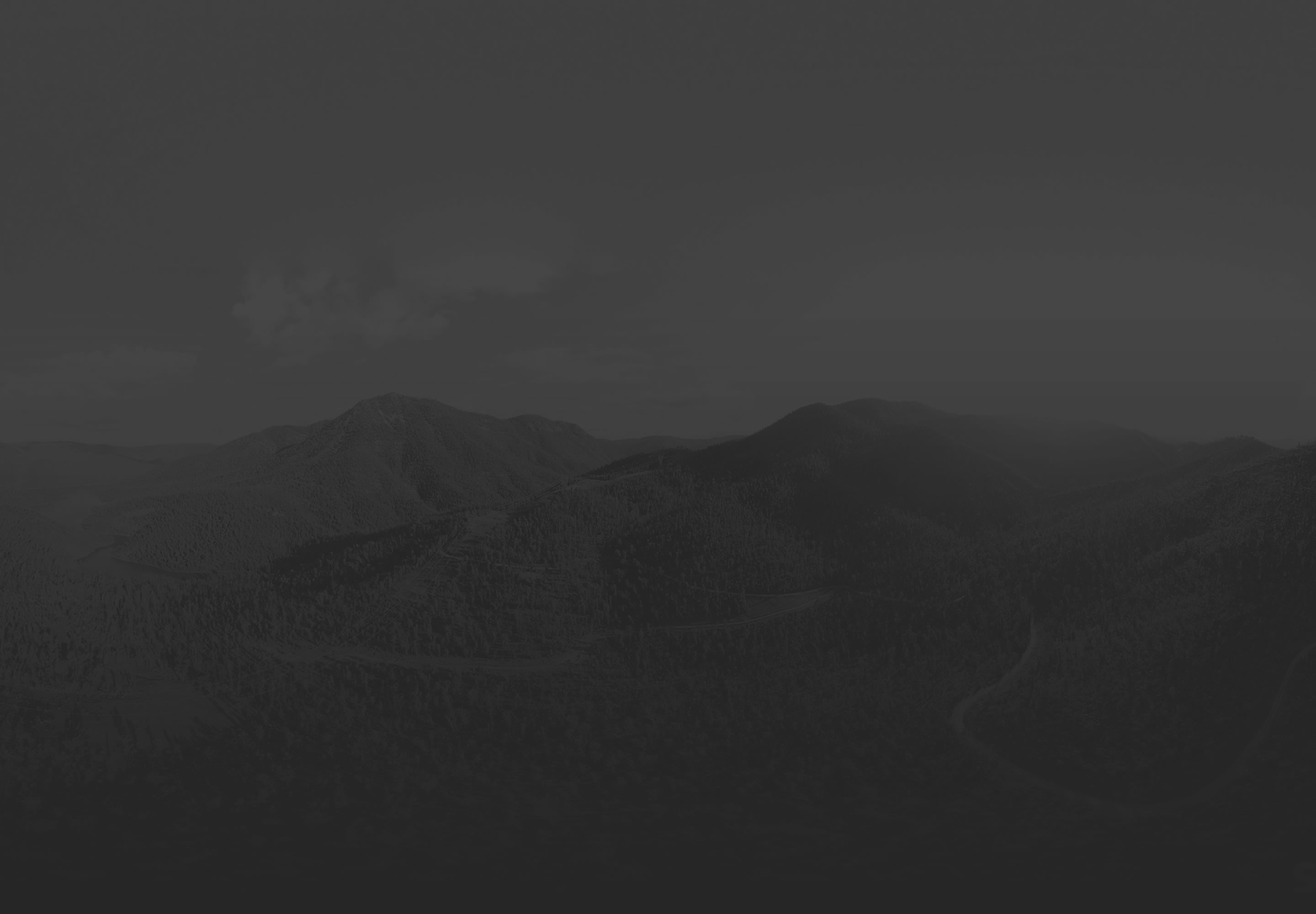
Protection against the unpredictability of nature
South Australia has some of the world’s highest levels of integration of renewable energy sources, generating 50% of its energy through wind and solar power.
Since the latter two’s production is not easily predictable nor always easily stored, hydroelectric power has become a key option to stabilise the mix of power needs of the southern continent's two major cities.
In Melbourne, average temperatures in the summer months range between 14° and 26°, while in the winter, they easily exceed 35°. Sydney averages about three degrees higher. Under such conditions, air-conditioning energy needs hit very high peaks, requiring regular and constant sources, which only hydroelectric production can provide.





